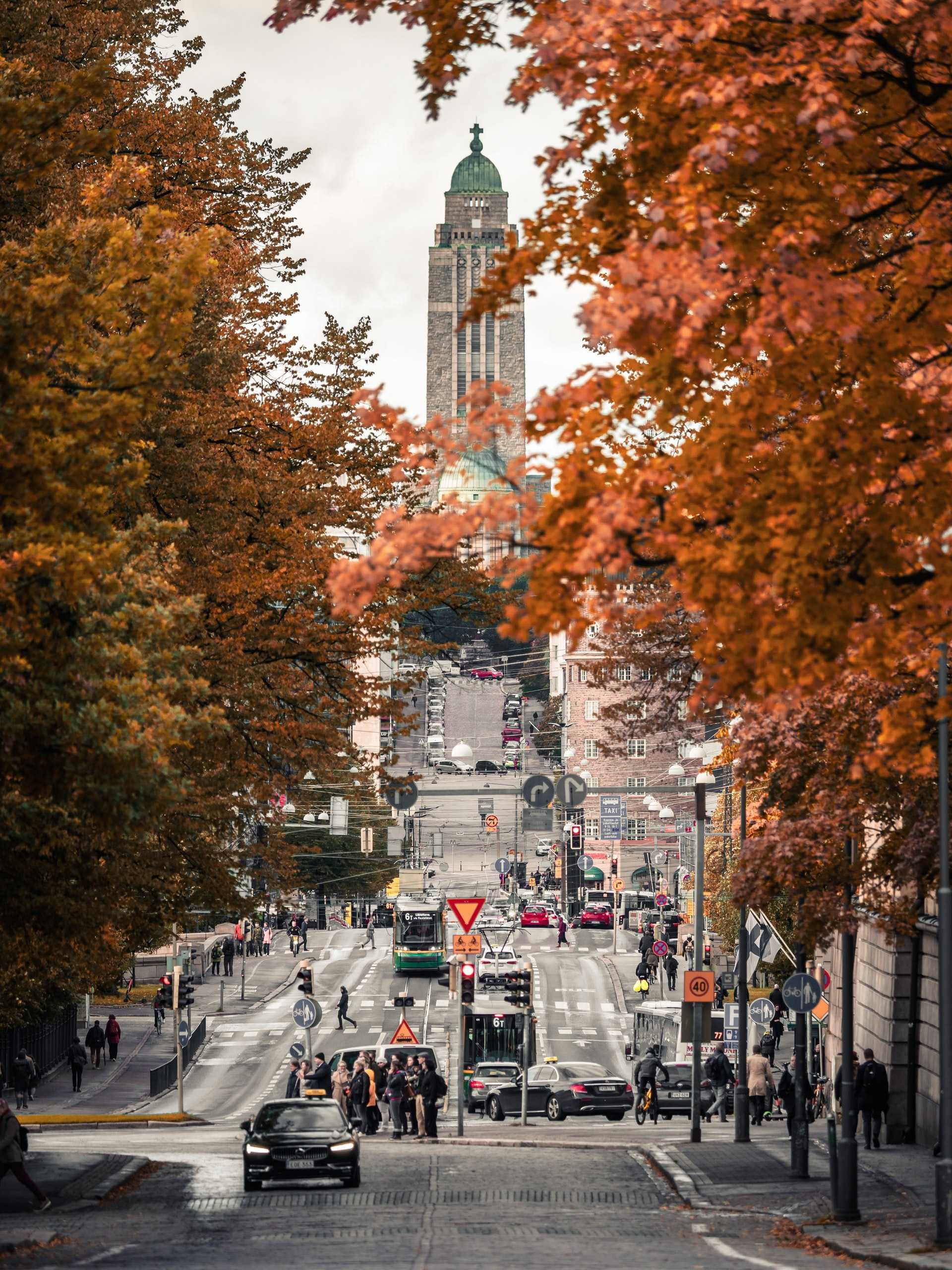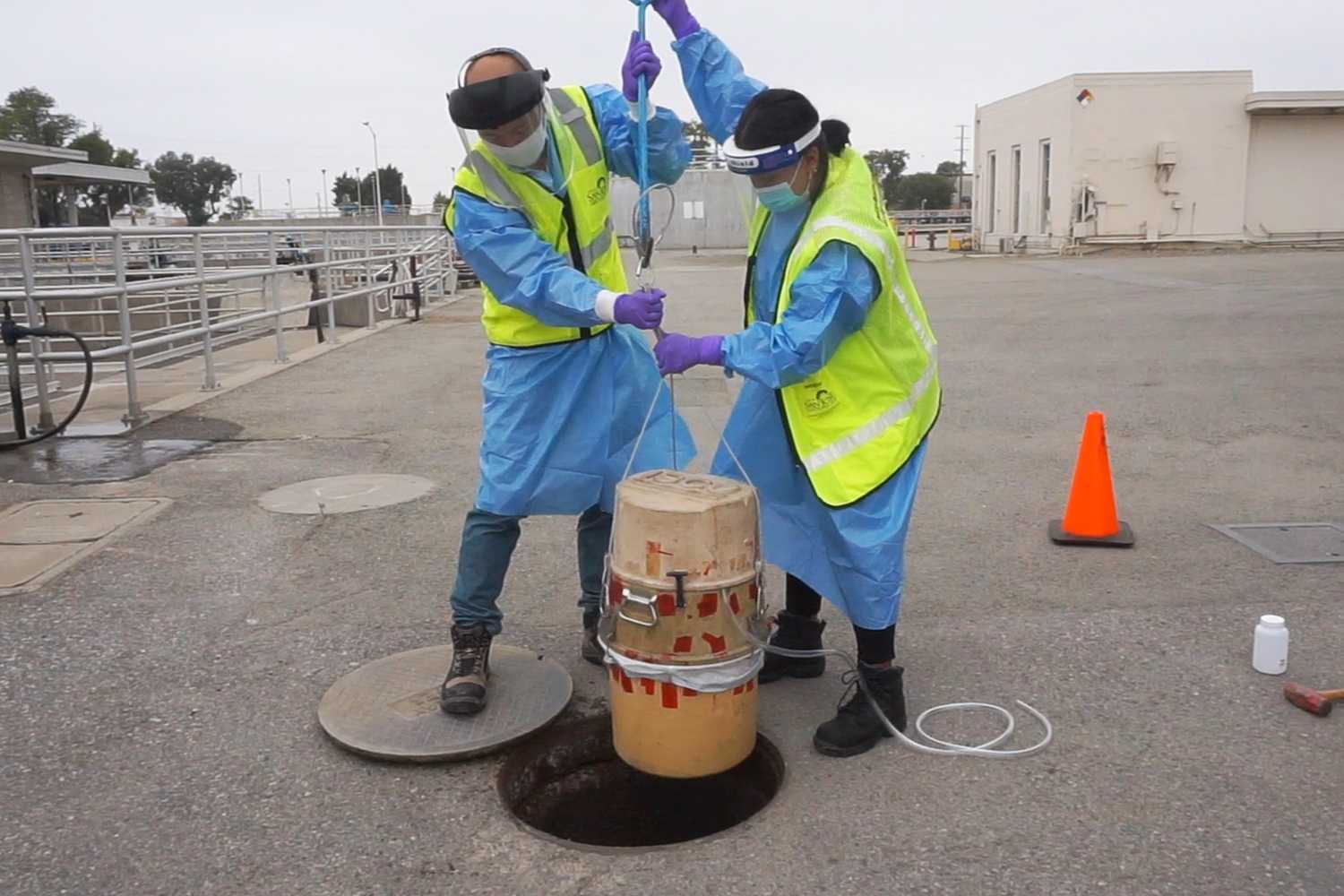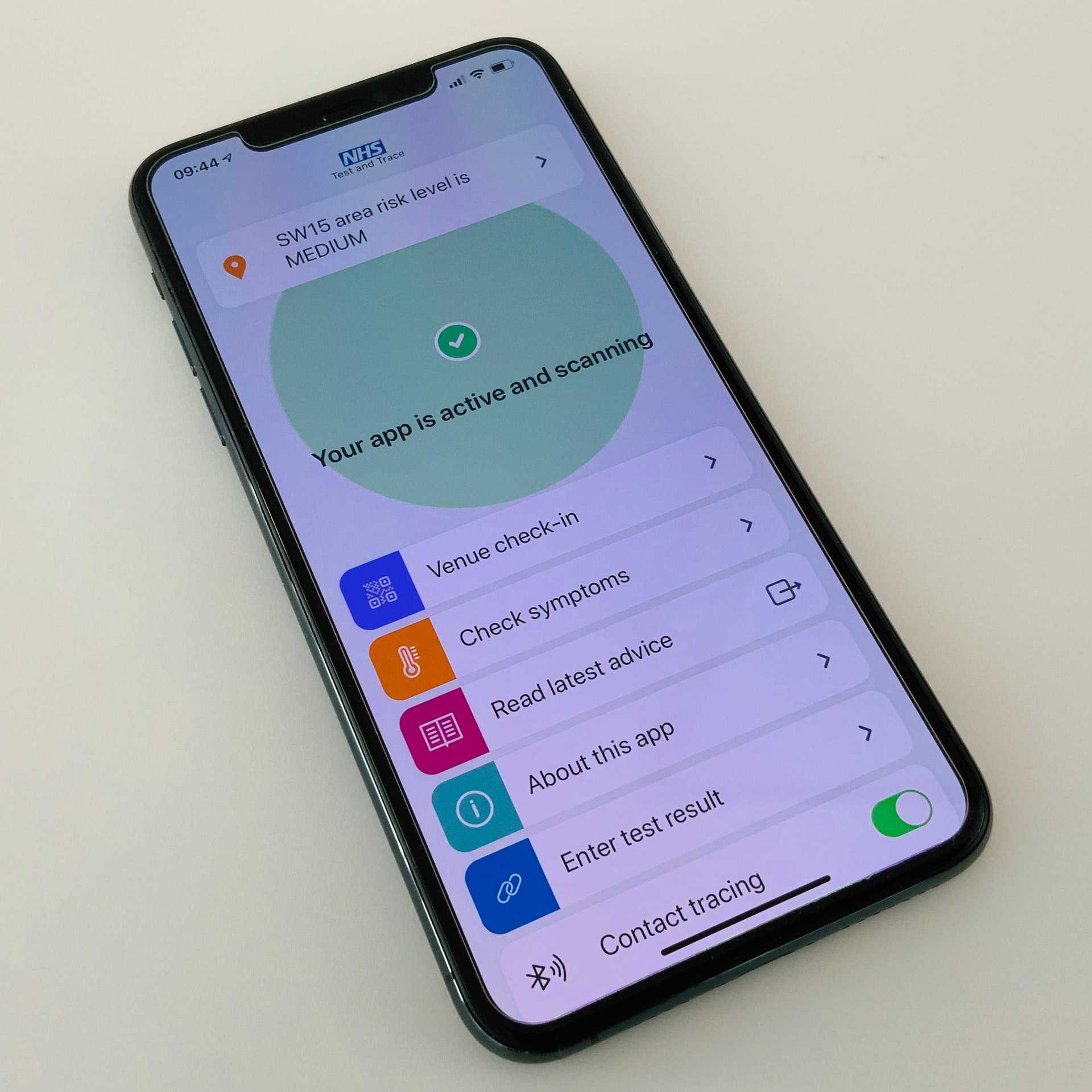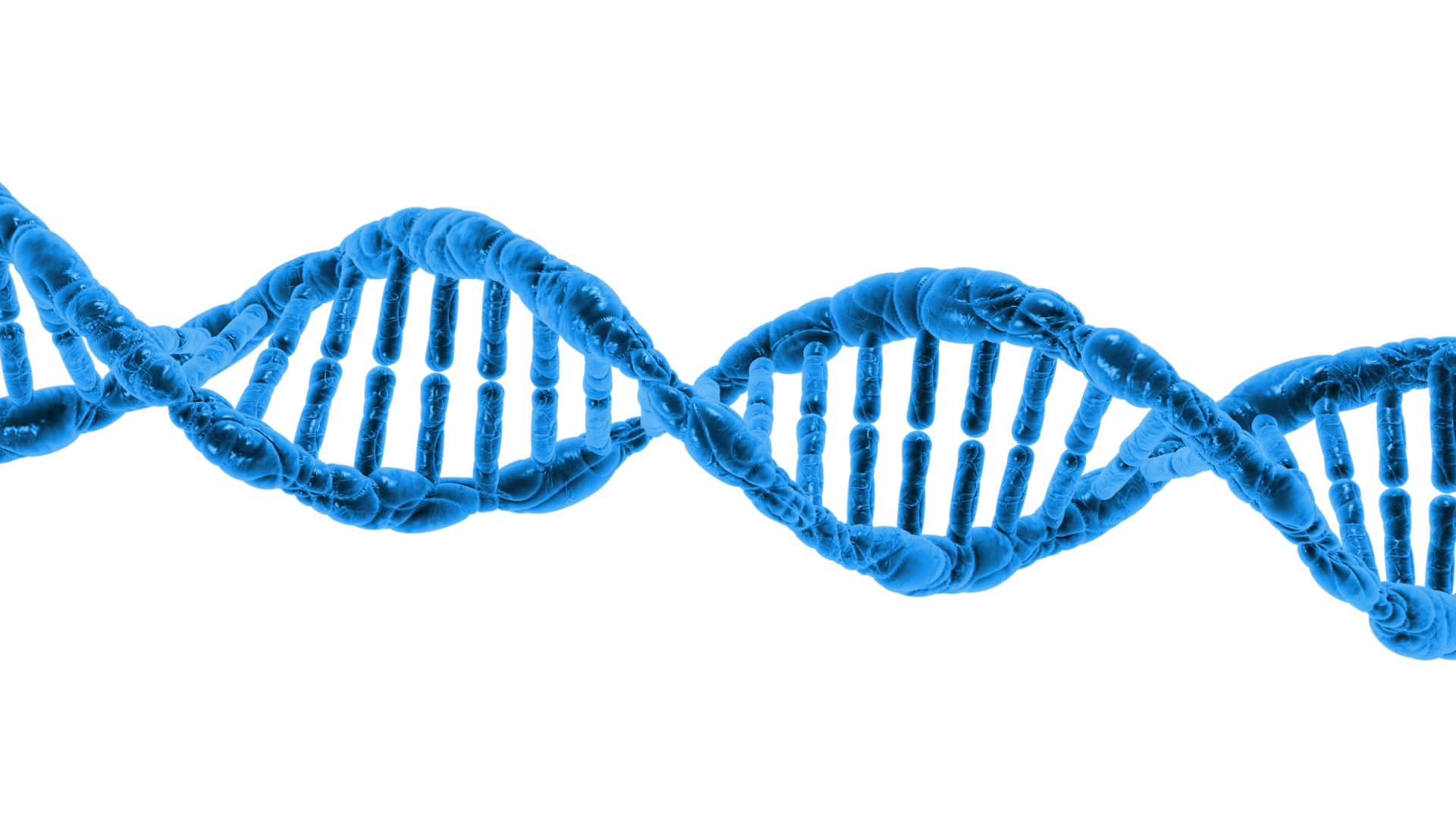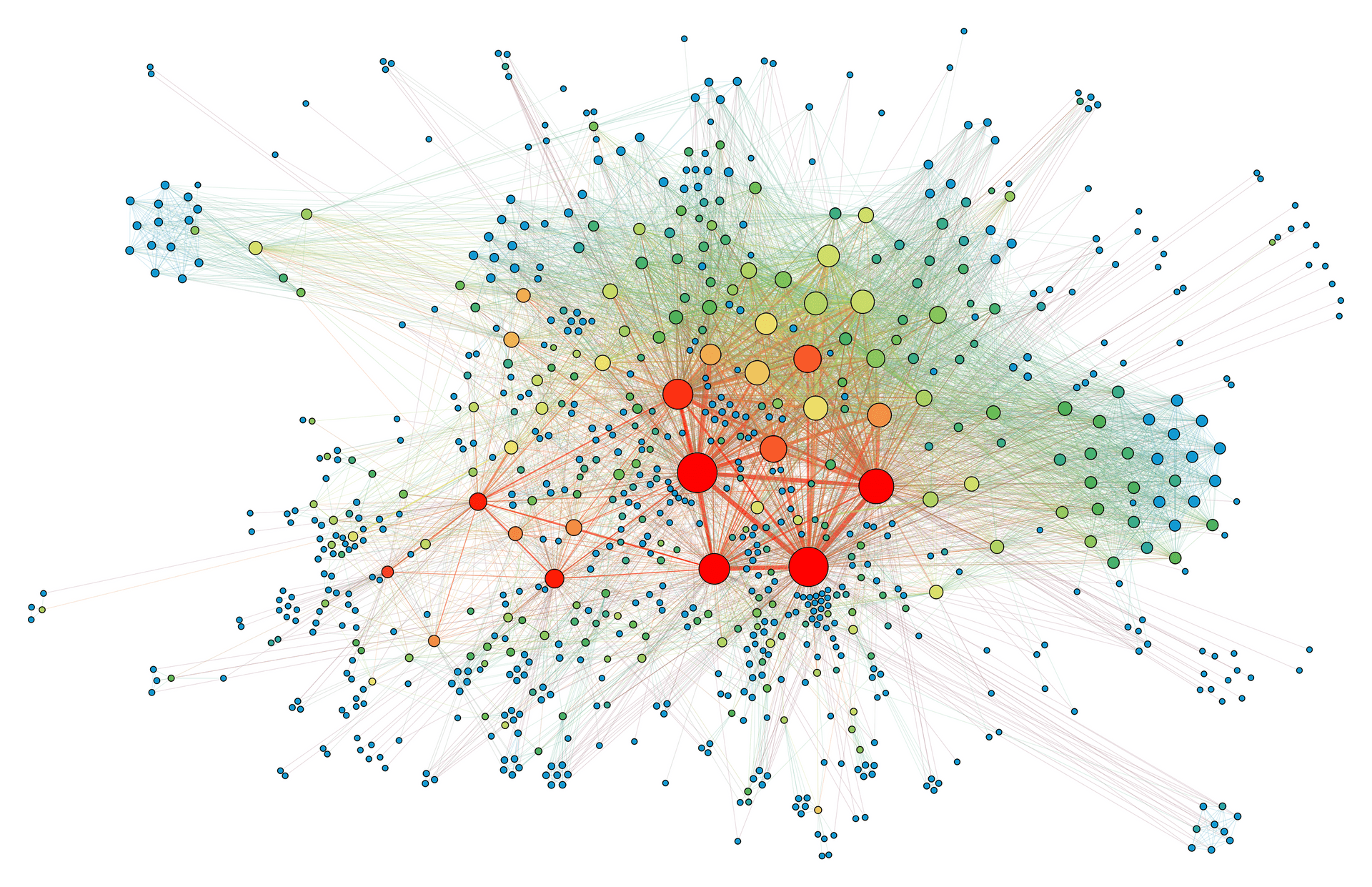
Public health grids
From data samples to streams.
How likely? How soon? What impact?
Urban planning and public health were both born during the urban crises of the 19th century. These reforms improved people's lives. The construction of municipal water and sewer systems dramatically reduced disease. Housing reforms improved living standards. Parks promoted physical and mental well-being. But working in concert, these reforms also removed important obstacles to continued urban growth.
The fields soon split. Urban planning focused on physical design, aligning its ambitions with architecture. But the COVID-19 pandemic is ushering in a new merger between city planning and public health. The old fears of disease are back. But new demands are shaping the agenda too. More than ever, city dwellers seek changes that improve health and well-being.
As cities restructure to deliver structures, services, and regulations that improve well-being, a new mesh of technologies will be developed and put to use. These include: sensors that scan air and water for microbes that can harm us, as well as those that keep us healthy; anxious algorithms that scan health records for warning signs and anticipate early interventions before risks become crises; streams of personal health data that redefine the very meaning of "public health"; and epidemiological simulations that link up big data on population movements mined from mobile devices with high-resolution models of how pathogens and pollutants move through cities. Individually, these inventions will deliver big gains. Together, they will form a new kind of public health grid, as important as the familiar infrastructures that move, power, and supply water to cities today.
Signals
Signals are evidence of possible futures found in the world today—technologies, products, services, and behaviors that we expect are already here but could become more widespread tomorrow.




..png)

